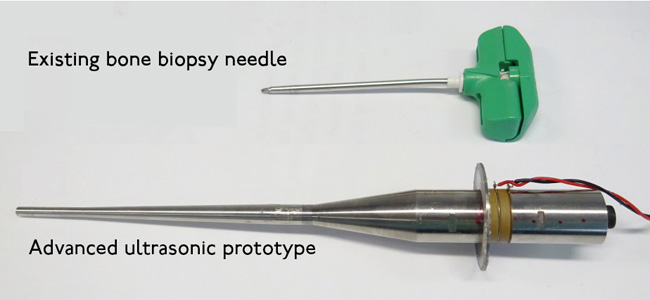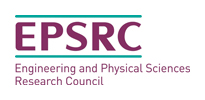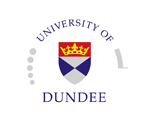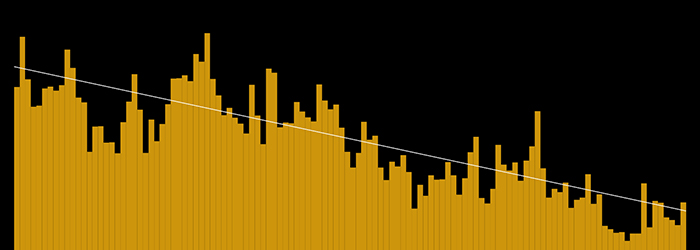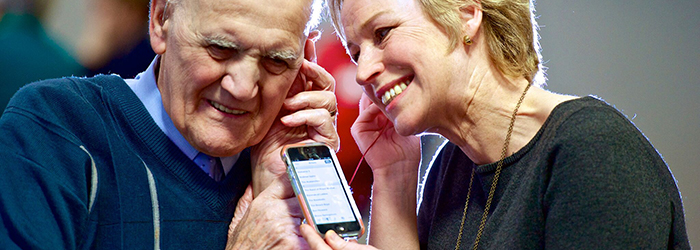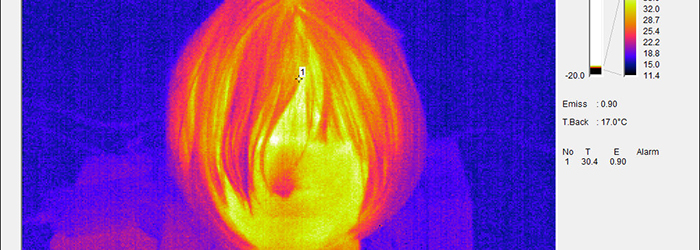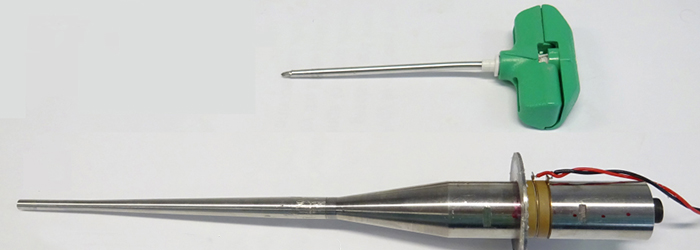Ultrasonic needle
Bone biopsy is an invasive clinical procedure where a bone sample is taken to aid the diagnosis of a medical condition. Presently, significant force is required to extract the sample which can lead to tissue damage and patient discomfort. A vibrating ultrasonic biopsy needle has been developed to reduce tissue damage and patient discomfort by minimising the force applied.



